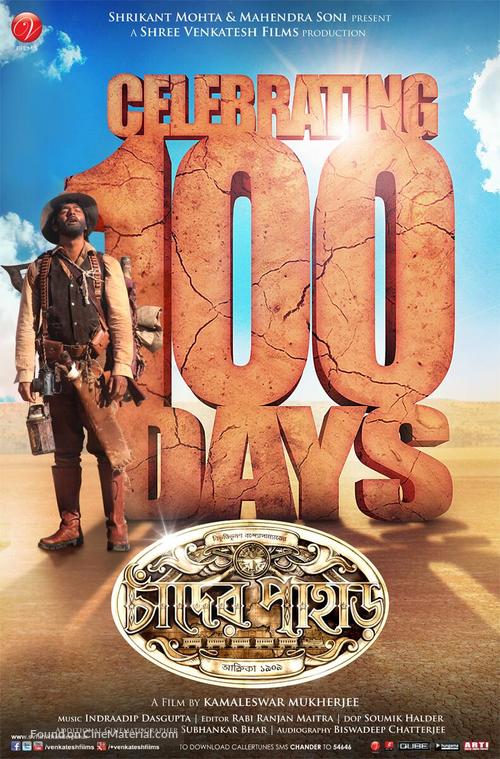

He had hoped that once the initial shots had been completed, he would be able to obtain funds to support the project however, such funding was not forthcoming. Shooting started in late 1952, using Ray's personal savings. The cast consisted of mostly amateur artists.

Ray gathered an inexperienced crew, although both his cameraman Subrata Mitra and art director Bansi Chandragupta went on to achieve great acclaim. The duality of rasa representation shows in The Apu Trilogy. The complicated doctrine of rasa centers predominantly on feelings experienced not only by the characters but also conveyed in a certain artistic way to the spectator. Besides the influence of European cinema and Bengali literature, Ray is also indebted to the Indian theatrical tradition, particularly the rasa theory of classical Sanskrit drama. He went ahead with the film after meeting Jean Renoir during filming of The River (1951) and after watching the Italian neorealist film Bicycle Thieves (1948) while he was in London. This semi-autobiographical novel describes the growing up of Apu, a small boy in a Bengal village. In 1950, Ray had decided that Pather Panchali, the classic coming of age story ( bildungsroman) of Bengali literature, published in 1928 by Bibhutibhusan Bandopadhyay, would be the subject matter for his first film. Their blossoming marriage ends in her death in childbirth, after which the despairing Apu abandons his child, but eventually returns to accept his responsibilities. Later he is informed that, when his mother dies too, he has to learn to live alone.Īpur Sansar (English, "The World of Apu")Īttempting to become a writer, Apu unexpectedly finds himself pressured to marry a girl whose mother rejected her mentally ill bridegroom on the day of their wedding. In the process the growing Apu comes into conflict with his mother. He slowly distanced himself from his rural roots and his mother who was not keeping well at the time. He moves to Calcutta to pursue his education. Despite unrelenting poverty, Apu manages to get formal schooling and turns out to be a brilliant student. After his father dies there, Apu and his mother Sarbajaya come back to a village in Bengal. The family's finances are still precarious. After the death of Apu's sister, Durga, the family moves to the holy city of Benares.

Apu's father Harihar, a Brahmin, has difficulty in supporting his family. Pather Panchali (English, "Song of the Little Road")Īpu's early experiences in rural Bengal as the son of a poor but high caste family are presented. The three films comprise a " coming of age" narrative in the vein of a bildungsroman they describe the childhood, education and early maturity of a young Bengali named Apu (Apurba Kumar Roy) in the early part of the 20th century.


 0 kommentar(er)
0 kommentar(er)
